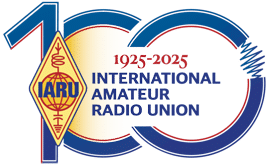Amateur radio (also known as ham radio) is a diverse hobby attracting people of all ages and backgrounds.
Some radio amateurs focus on long-range communication using the shortwave bands. They may attempt to contact other hams in as many countries as possible, or simply enjoy having a friendly chat (“chewing the rag” as we call it).
Radio hams can communicate worldwide using the short-wave spectrum with very little power (100 watts, about the same as an average light bulb, will do quite nicely when signal propagation conditions are reasonable).
There are hams who enjoy the challenge of operating QRP (low power) stations, or taking portable equipment to remote locations.
For other amateurs, it’s communicating via satellites, moon-bounce or making contact with astronauts aboard the International Space Station.
Most amateur radio communication is by voice, but many hams continue to use the original radio communications mode, radio telegraphy (Morse code).
If the thought of learning Morse scares you, don’t worry. It’s no longer a requirement for getting an amateur radio licence. But it is a lot of fun, and not too hard to learn.
Hams can also transmit digital signals (similar to teletype or email messages) and even television.




